8 Rot-Resistant Woods for Your Outdoor Projects
http://decor-ideas.org 05/22/2014 23:56 Decor Ideas
Natural wood is a lovely choice for adding warmth and texture to garden structures like raised beds, fences, decks and trellises. Much lumber is chemically treated to prevent it from rotting. However, some woods have superior rot resistance naturally and can be used outdoors without chemical treatment.
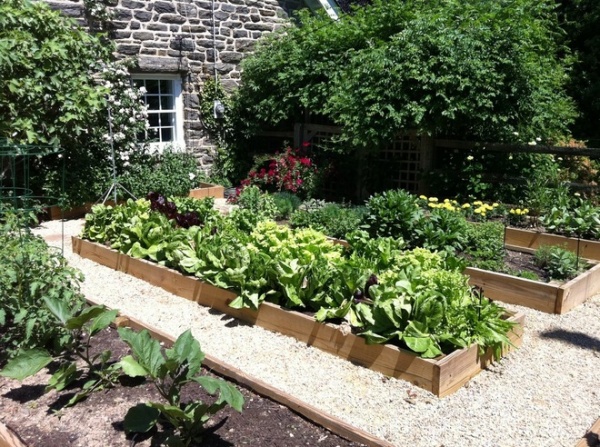
Back in the day, farmers used local trees to create rot-resistant fences at their property line. In New England, black locust (Robinia pseudoacacia) was the preferred tree. Midwest farmers planted thorny Osage orange (Maclura pomifera) to delineate their property lines and keep farm animals contained. Sometimes they used living stakes and let them grow into a living fence-hedge.
Both black locust and Osage orange can be seen growing as hedgerows in these regions today. Those farmers had the right idea to use naturally rot-resistant wood to create low-maintenance fences. It was a locally available building material that required little maintenance.
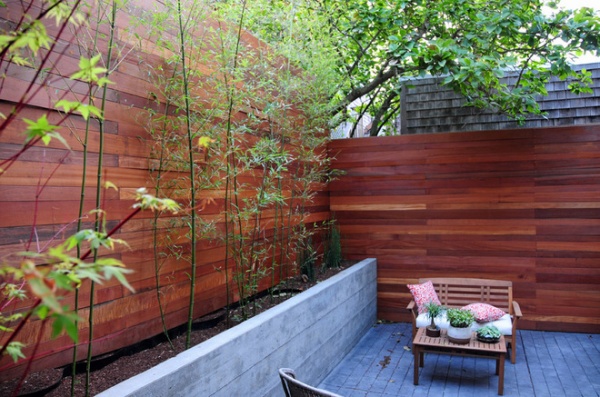
Why use wood today? From a design standpoint, wood surfaces are very intriguing, with their color modulations, weathering and variety of textures. Woods have a huge range of aesthetic expressions, from wild, bumpy log posts to refined decks sanded smooth. Wood has an undeniable warmth and an association with woodlands and natural landscapes, and one type of rot-resistant wood can be used in a variety of ways. From an environmental standpoint, wood is a great choice when it is locally sourced and sustainably harvested.
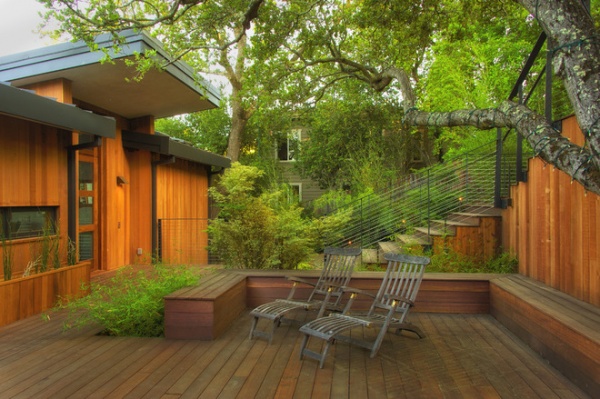
Rot-Resistant Wood Types
Naturally resistant woods that are commercially available include black locust (Robinia pseudoacacia), teak (Tectona grandis), ipe (Tabebuia spp), California redwood (Sequoia sempervirens) and bald cypress (Taxodium distichum). These have the highest resistance to rot over time.
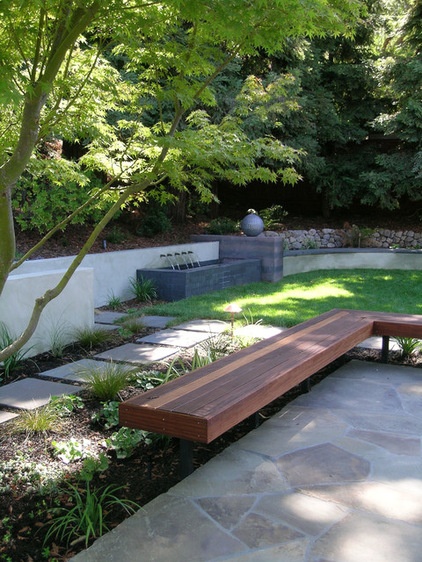
Ipe deserves special mention because there are so many available products that use this beautiful wood. Ipe is sourced from the tropical tree genus Tabebuia, also known as Trumpet Tree in South Florida. It is an extremely dense wood that weathers beautifully over time to a light silver-gray. Ipe has been in vogue in recent years, and many types certified by the Forest Stewardship Council (FSC) are available.
Various woods, especially the tropical hardwoods, like teak and ipe, come in and go out of fashion in the building industry and can have a high potential for commercial exploitation. Use lumber that has been certified as sustainable by the FSC. Wood that is FSC certified will be clearly labeled with the FSC certification logo.
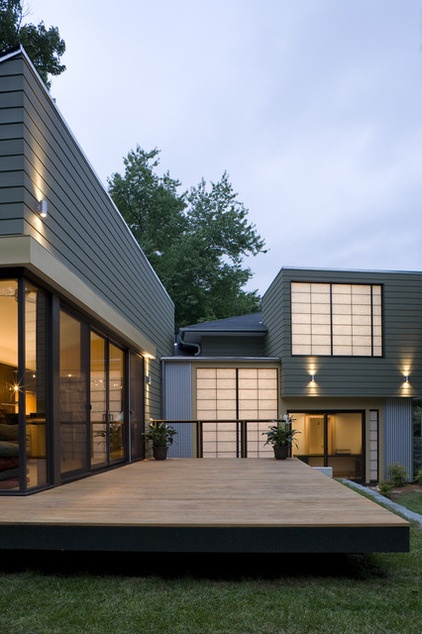
Additional woods with medium resistance to rot include western redcedar (Thuja plicata), Loblolly pine (Pinus taeda) and European larch (Larix decidua). The type of rot-resistant wood you decide to use will ultimately come down to cost, availability and desired style.
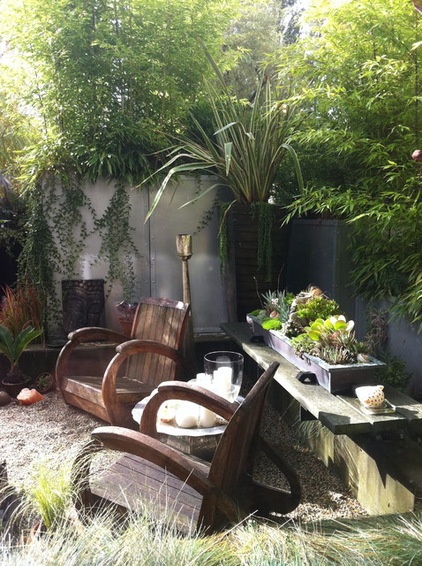
Using Wood Outside
Outdoor furniture. The price for chic outdoor furniture can be justified if your purchase is an investment in products that will weather well over time. Everything rots eventually. And I am skeptical of products that claim extra-long life spans, for I fear they are like the Wonder Bread of outdoor materials, laden with chemicals to prolong their shelf life.
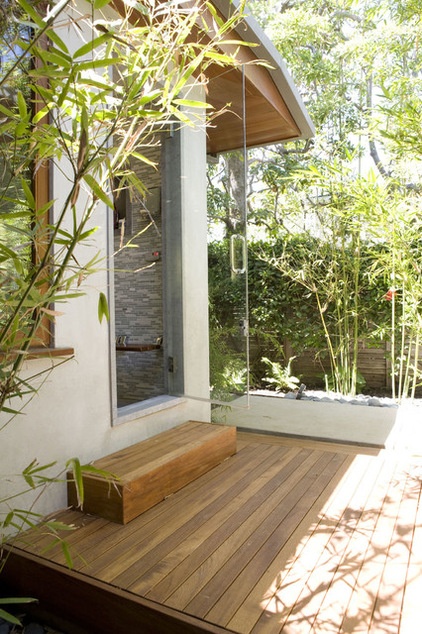
Decks. Smooth wood is a fantastic surface for bare feet, which is why it’s so popular as pool decking and for areas near outdoor showers. An experienced builder/carpenter will be well versed in constructing wood elements that do not collect water.
Decking Materials Beyond Basic Lumber
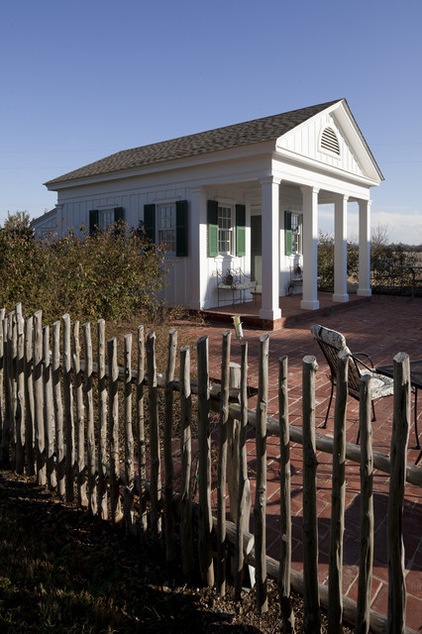
Wood post fences. A wood post fence with rough texture, like this ash juniper post fence, gives a nice handmade look to a home landscape. Wood that is not sanded smooth or shaped into perfect beams creates a casual feel.
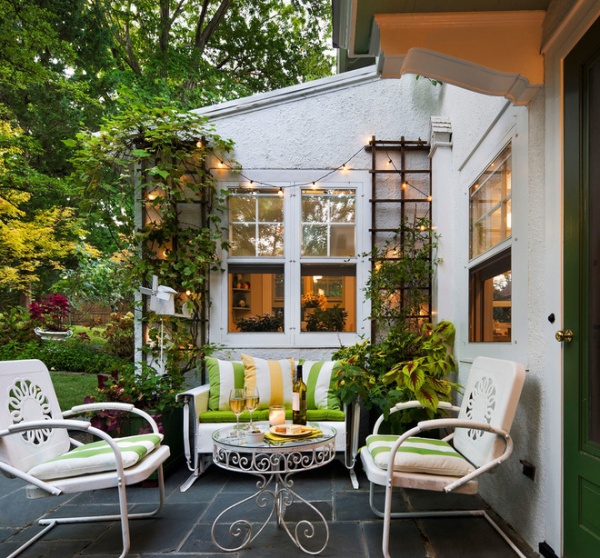
Trellises. Plants growing on a wooden trellis will contribute to the wood’s rotting over time, because the plants trap moisture and open the wood up to decay. However, a wooden trellis can have a cottage-garden-style look that is not achievable with a metal trellis. Twining-type vines that wrap around structures, like clematis, are a better choice for a rot-resistant wood trellis, because they will not try to attach their roots to the wood.
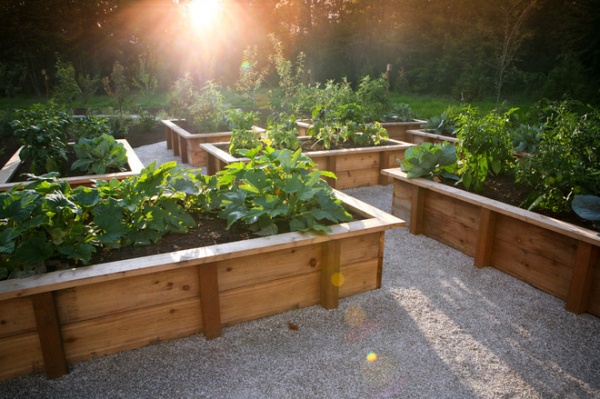
Raised beds. Resting raised cedar beds on gravel instead of soil is a smart move, because the gravel will drain water quickly away from the cedar and does not retain moisture. For the interior of a raised bed, a geotextile or landscape fabric can separate the bedding soil from the wood to wick moisture away from the wood and preserve its longevity.
See how to build a juniper raised bed
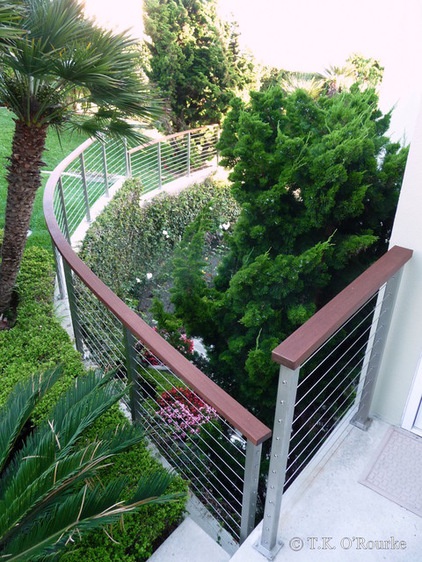
Accents. Wood can be used in the garden as an accent too, not just for the main attraction of a deck or pergola. Ipe and redwood are popular woods for making refined details. Using wood as a special finishing touch on a metal railing or bench is also a way to keep the wood from coming into contact with the ground.
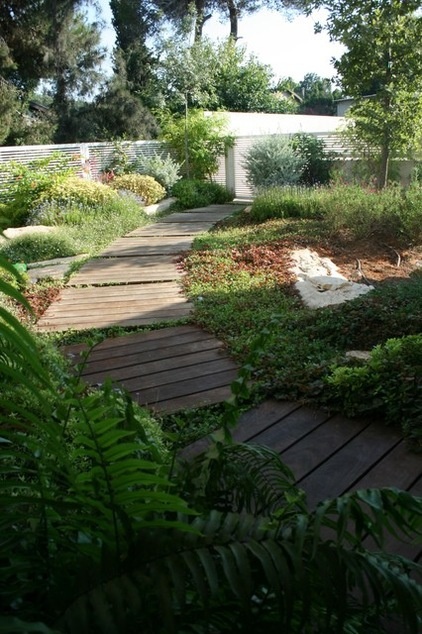
The main factors that contribute to wood rot are sunlight exposure and moisture, and wood also comes under attack by insects, fungi and other organisms. Using rot-resistant wood outside is especially important when the wood comes in direct contact with the ground, like with a raised garden bed or vine trellis.
Ground contact opens the wood up to mold and fungus because it allows moisture to penetrate the wood, which expands and splits in response. Plants and vines that grow over the wood also accelerate rot due to moisture buildup. There are methods of construction for avoiding ground contact and for pitching wood so that water does not collect on the surface.
Source wood that is naturally rot resistant and local to create gorgeous natural surfaces in your garden.
Photos: Browse thousands of inspiring deck designs
Related Articles Recommended












